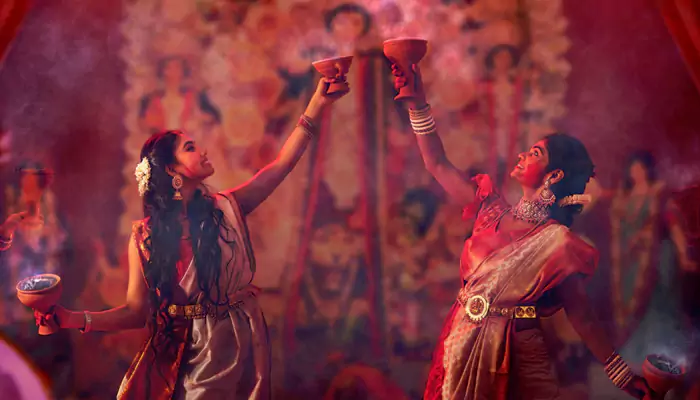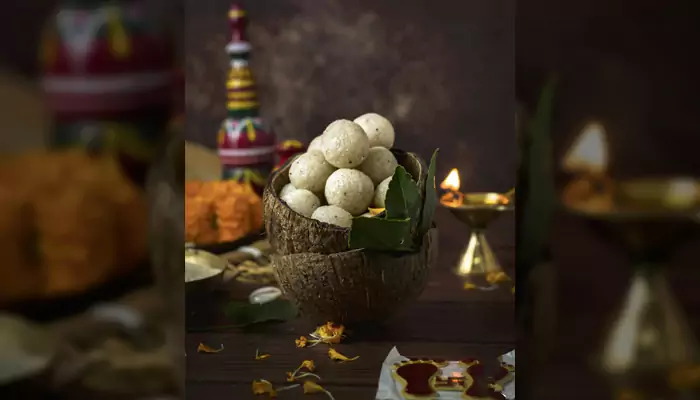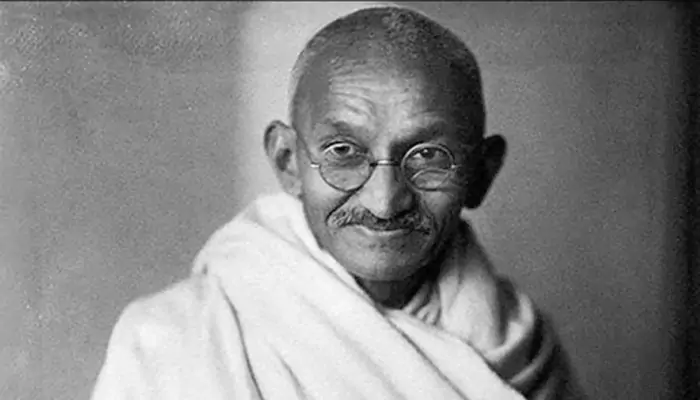From Kumari Puja to Dhunuchi Naach: Durga Ashtami Rituals You Need to Witness Once
- Sanchari Das
- 1 month ago
- 4 minutes read
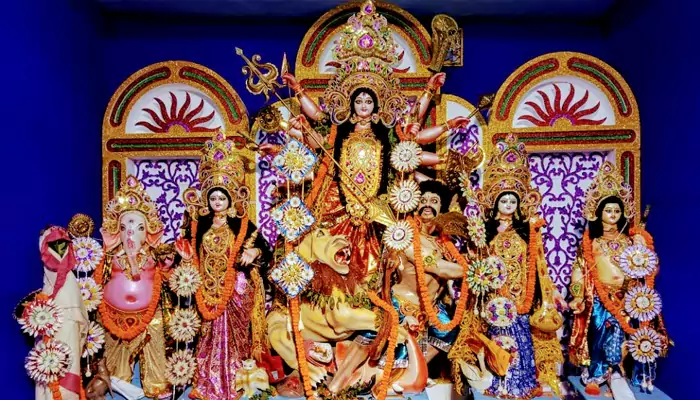
Witness purity, power, and performance in the heart of Bengal’s grand festival
When Durga Ashtami arrives, Kolkata doesn’t just celebrate, it transforms. Streets glow with pandal lights, dhak beats echo through neighborhoods, and an air thick with incense and anticipation fills the city. While Durga Puja is observed across India and beyond, Kolkata holds on to some traditions that feel truly its own. Two in particular, Kumari Puja and Dhunuchi Naach, embody the spirit of devotion, artistry, and collective joy that make this city’s festival an experience like no other.
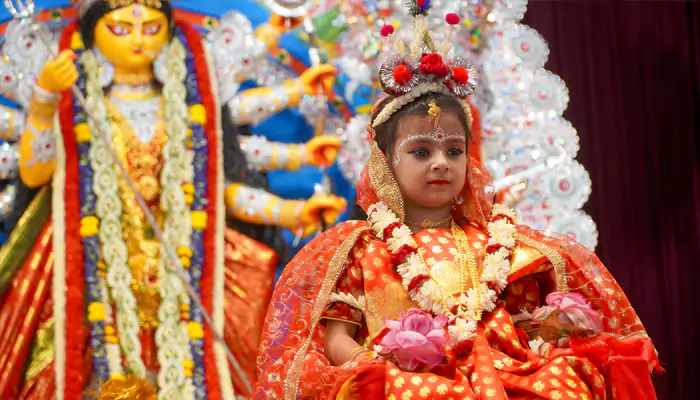
Kumari Puja: Worshipping Innocence as Divine
One of the most striking rituals of Ashtami is Kumari Puja, where a young girl is worshipped as a living embodiment of the Goddess. In Kolkata’s iconic puja venues like Belur Math or traditional household pujas, you can witness this moving ceremony.
The child, often dressed in a red sari with her forehead adorned with vermilion, sits on a decorated seat as priests and devotees offer flowers, sweets, and prayers. The ritual reminds everyone that the Goddess resides not only in idols but in living beings. It is a tribute to innocence and purity, a reminder that strength and divinity can be found even in the simplest forms. Watching the quiet dignity of the Kumari, surrounded by hundreds in reverence, is an experience that stays with you.

The Power of Sandhi Puja
Kolkata’s pandals come alive at midnight during Sandhi Puja, the sacred junction between Ashtami and Navami. Legend says this is when Goddess Durga transformed into her fierce Chamunda avatar to defeat demons Chanda and Munda.
The ritual involves the lighting of 108 lamps, rhythmic chants, and offerings made with deep devotion. The atmosphere is electric yet deeply spiritual. The sound of the conch shell blends with dhak beats, and the air shimmers with both fearsome energy and divine grace. If Kumari Puja symbolizes innocence, Sandhi Puja channels raw cosmic power.
Dhunuchi Naach: When Faith Turns into Dance
As dusk falls on Ashtami, another ritual captures the city’s heartbeat with the Dhunuchi Naach. This is no ordinary dance. Devotees hold clay incense burners filled with burning coconut husk and powdered resin, swirling them gracefully in the air to the thunder of dhak.
The sight is mesmerizing: smoke rising in whirls, flames glowing inside the dhunuchi, and dancers—men, women, and sometimes even children—moving with a blend of rhythm and abandon. It is a dance of faith, where devotion spills into physical expression. Some dancers balance multiple dhunuchis, with even one on their head, to draw cheers from the crowd. The performance is a blend of art, worship, and spectacle.
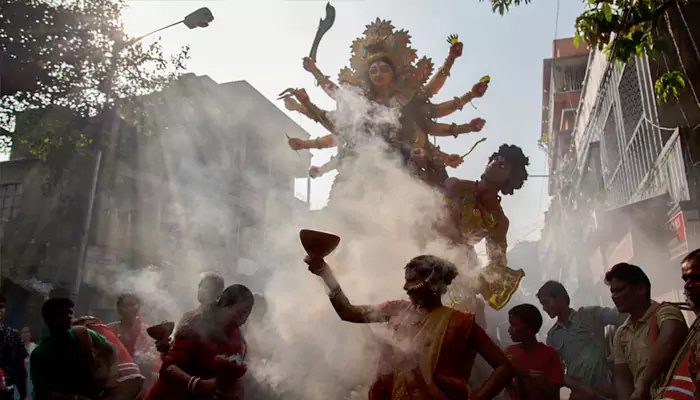
The Festive Atmosphere of the City
Beyond the rituals, Kolkata itself becomes a living stage. Pandals are decorated like works of art, with themes ranging from mythology to modern imagination. Food stalls serve a variety of dishes, including piping hot luchi and alur dom, as well as sweet sandesh and mishti doi. Families, friends, and strangers come together in a wave of joy, dressed in their finest festive attire.
What makes the experience unique is the blend of sacred and social. The devotion is real, yet so is the celebration of life. The city doesn’t sleep during these nights, and every corner feels alive with the Goddess’s presence.
Why You Must Experience These Rituals
To witness Kumari Puja is to see divinity in its purest form. To stand at a Sandhi Puja is to feel time itself pause in reverence. To watch a Dhunuchi Naach is to join faith as it leaps into music, smoke, and fire. Together, these rituals form the beating heart of Kolkata’s Durga Puja.
They are not just ceremonies — they are experiences that capture what it means to be human: to fear, to celebrate, to surrender, and to unite. For anyone who visits Kolkata during Ashtami, these traditions are not only worth witnessing, but also worth experiencing. They are unforgettable.

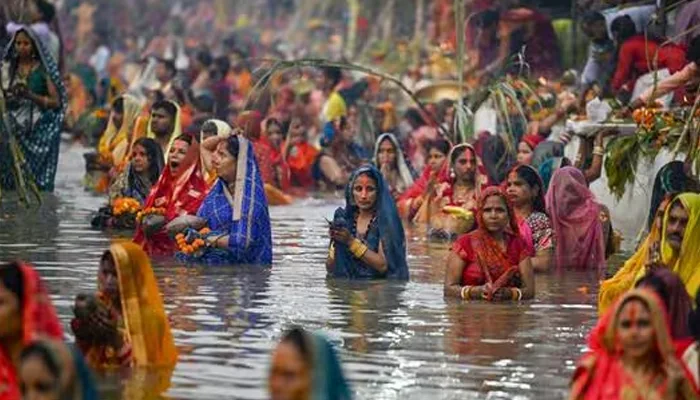
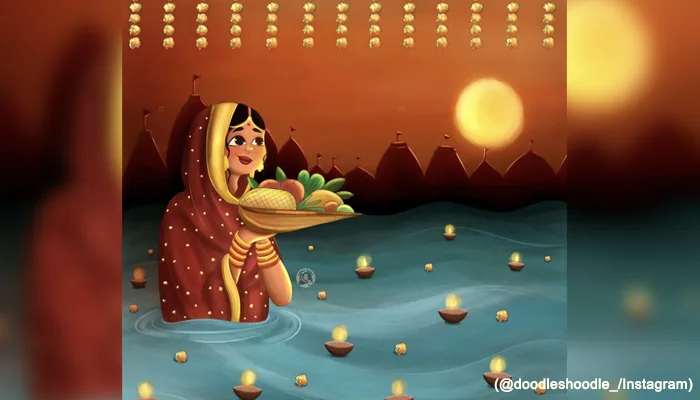
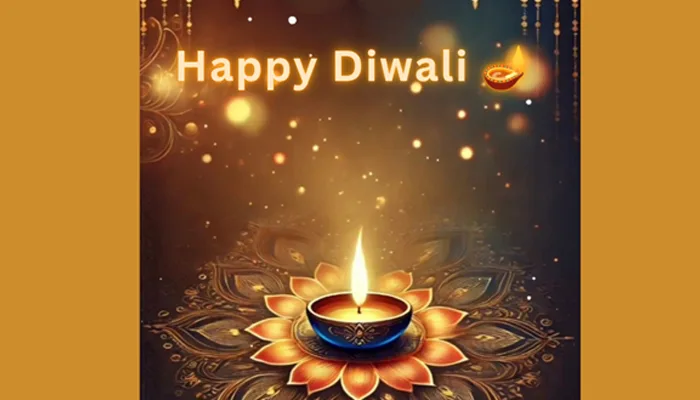
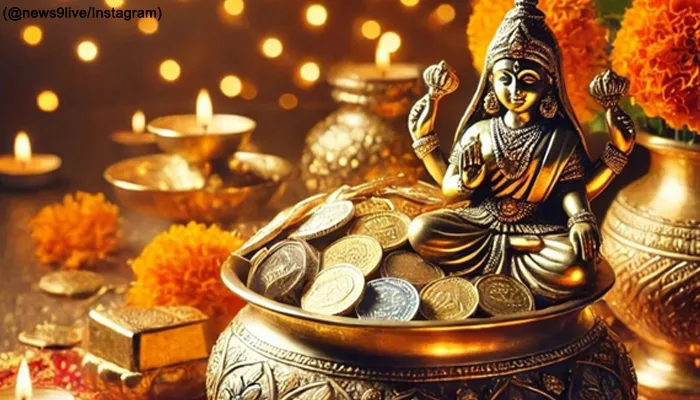
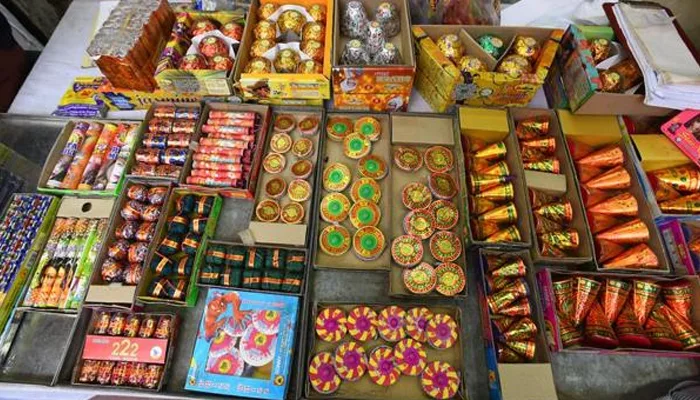
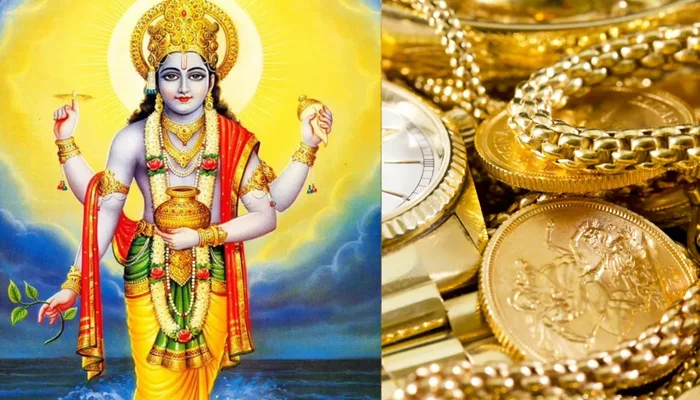
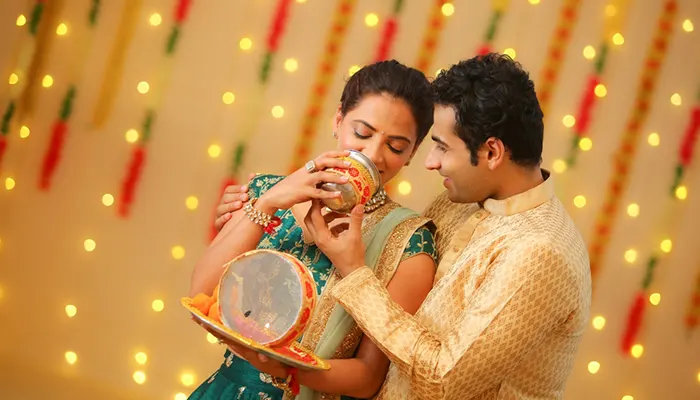
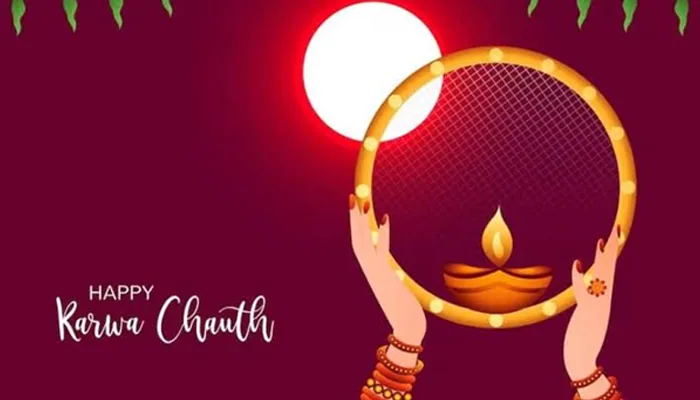
.webp)
